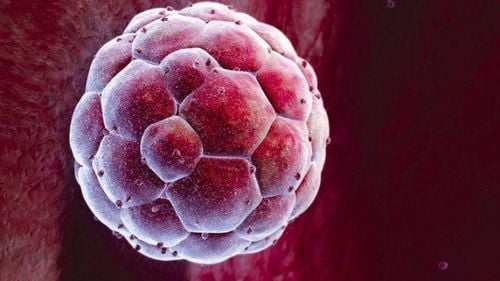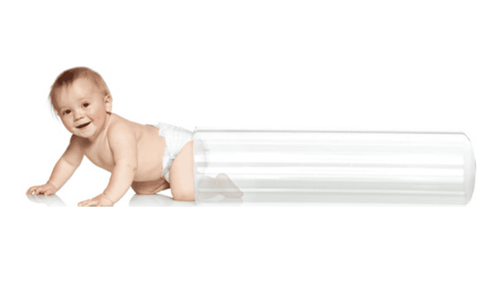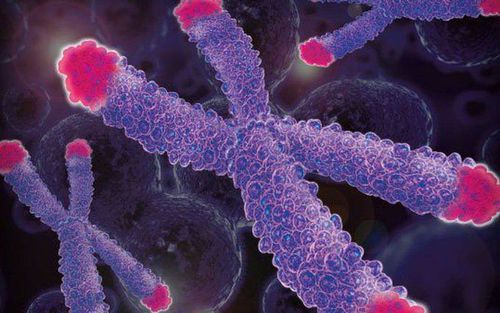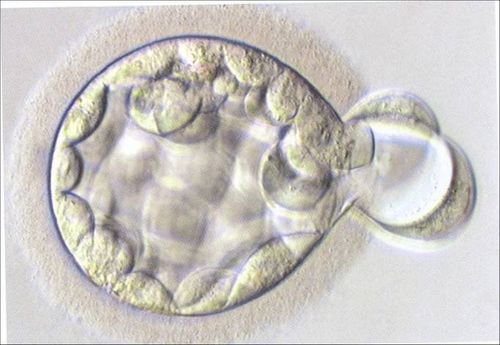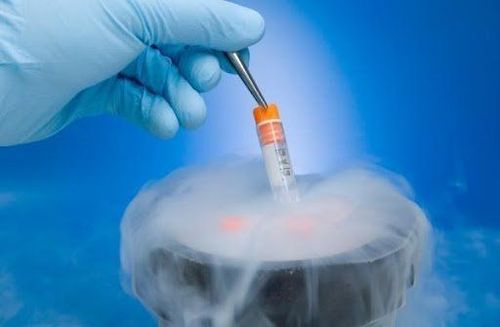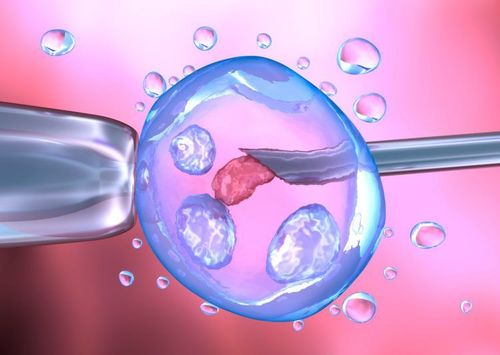This is an automatically translated article.
The article was professionally consulted by Dr. Diem Thi Yen - Doctor of IVF Lab - Reproductive Support Center - Vinmec Times City International Hospital. The doctor has a lot of experience performing procedures in the IVF Lab.In vitro fertilization (IVF) is a common treatment for infertile couples.
1. What is IVF?
IVF is an acronym for Invitro fertilization, which means in vitro fertilization. In vitro fertilization IVF is a method of assisted reproduction in infertile people, in which eggs and sperm are fertilized to form embryos outside the mother's body, in TB. After the embryo is formed, it will be further cultured and transferred to the mother's uterus to develop into a baby.
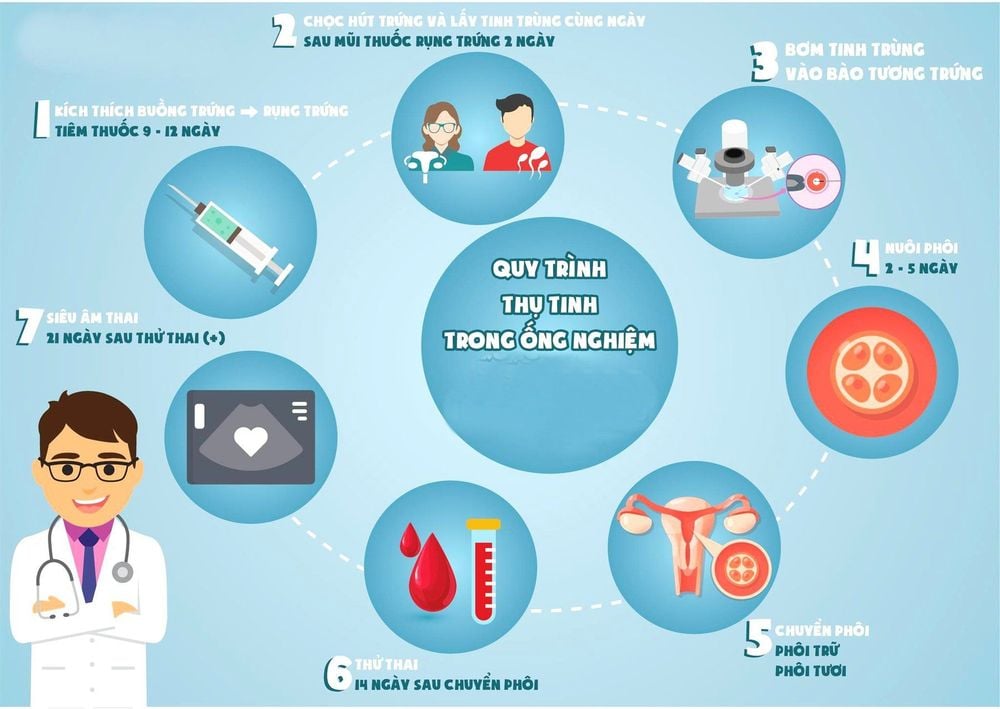
Thụ tinh trong ống nghiệm IVF là phương pháp hỗ trợ sinh sản ở những người hiếm muộn
2. How is the quality of the workpiece assessed?
Normally, embryos will be evaluated for quality before embryo transfer at day 3 or day 5 to select the best embryo for embryo transfer.The quality of embryos on day 3 is evaluated based on the following factors:
Number of blastomeres: The number of blastomeres in an embryo reflects the level of embryo development, a good embryo on day 3 has about 8 cells. When the number of blastomeres is very low, it indicates poor embryo development and poor embryo quality. The uniformity of blastocyst size: a good embryo is an embryo with the same size blastocyst, the difference is not more than 20%. Degree of cytoplasmic fragmentation: good embryos are embryos with no or very little (<10%) cytoplasmic debris. When cytoplasmic fragmentation takes up most of the embryo's volume, it is a sign of chromosomal abnormalities in the embryo. Multinucleated blastomeres: Normally, each blastocyst has only one nucleus. When there are 2 or more nuclei in blastomeres, it is called multinucleated blastomeres. When embryos with multinucleated blastomeres are also classified as poor quality embryos and have a high probability of chromosomal abnormalities. The quality of embryos on day 5 was evaluated based on 3 factors: the hatchability of the blastocyst cavity, the morphology of the ICM embryonic bud cell mass and the morphology of the trophoblast cell mass (TE).
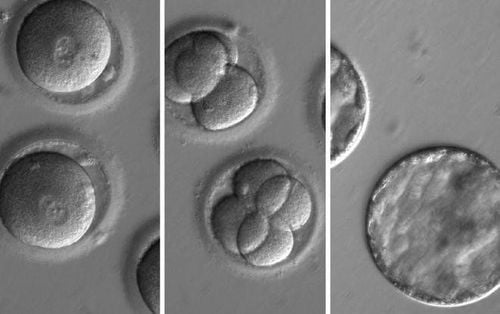
Chất lượng phôi cần được đánh giá cẩn trọng
3. Importance of embryo quality during IVF
The quality of embryos is assessed on the 3rd day of culture to help the family make important decisions about the priority of embryo transfer, whether to culture the embryos until the 5 day stage, how many embryos to transfer, freezing how the embryo, etc.
Embryo quality is assessed on day 5 to help predict the implantation and development of embryos in the uterus of a woman. Transferring good quality embryos on day 5 has a very high implantation rate, up to 60-65%, and on day 5 embryos of intermediate quality, the implantation rate is lower, about 30-35%. From there, experts will come up with an embryo transfer plan with many issues that need to be decided such as embryo selection, number of embryos, embryo quality, etc.
Recommended video:
Good embryo, good mucosa, good health, why does embryo transfer fail?
4. The role of time lapse technique in embryo culture
Time lapse is the most modern technique applied in embryo culture today. The Timelapse embryo culture system helps experts monitor the development of embryos 24/7 without having to take the embryos out of the incubator to observe under the microscope like conventional embryo culture methods. Embryos are cultured without any influence from external factors, nor interrupted the development process. That's because the time lapse culture device is equipped with a microscope and camera that automatically connects to a computer.
Thanks to AI artificial intelligence technology, experts can select embryos with the best quality and highest nesting ability to transfer to the mother. Thereby increasing the success rate of the IVF cycle.
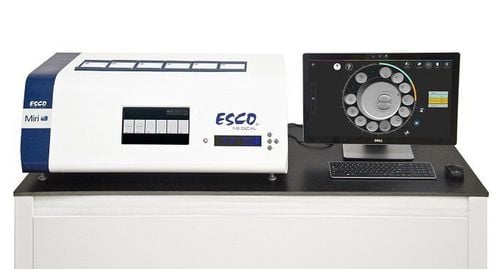
Time lapse là kỹ thuật được áp dụng trong nuôi cấy phôi hiện đại nhất hiện nay
Customers can come to the Center for Reproductive Support - Vinmec International General Hospital. This is the leading center in Vietnam, which has developed and applied a comprehensive medical examination and treatment process, combining both gynecology and obstetrics and gynecology to provide the optimal method for each patient's case.
Advantages when customers choose Vinmec fertility center:
Equipped with modern equipment, clean air system according to international standards to ensure lab quality, single cabinet system to optimize quality embryo, improving the success rate for each cycle of artificial insemination. Implement most advanced assisted reproductive techniques in the world: ICSI (injection of sperm into the oocyte cytoplasm); support embryo escape membrane; Reproductive reserve: embryo freezing, sperm freezing, oocyte freezing to help customers take the initiative in giving birth at will, transferring embryos on day 5, minimizing pregnancy; male infertility techniques (PESA, MESA, TEFNA, TESE) Besides advanced reproductive support methods, a team of excellent doctors in the country and the world, with prestige and long-term experience in the field of infertility .
Please dial HOTLINE for more information or register for an appointment HERE. Download MyVinmec app to make appointments faster and to manage your bookings easily.
Recommended video:
Reproductive methods performed at Vinmec




